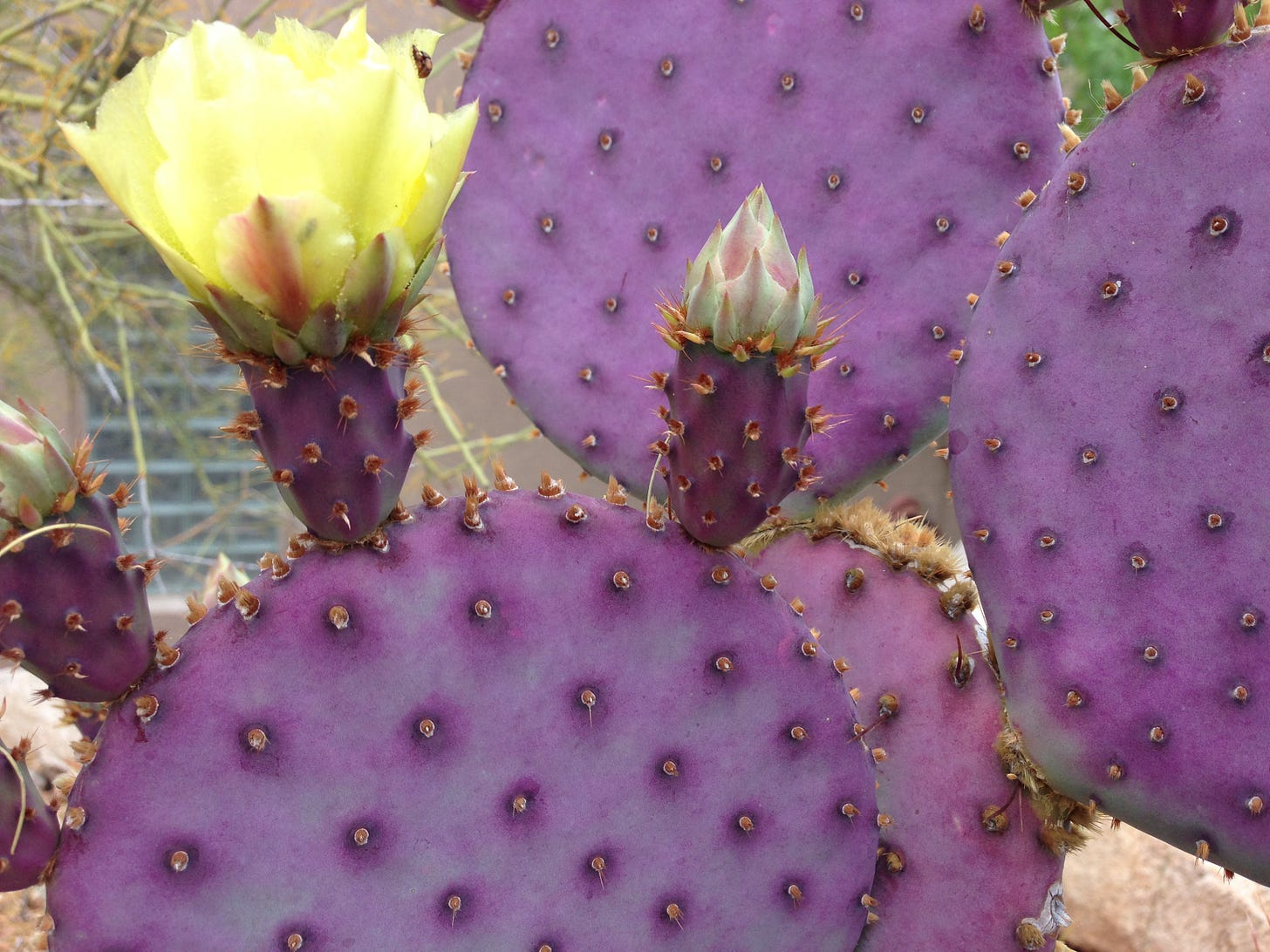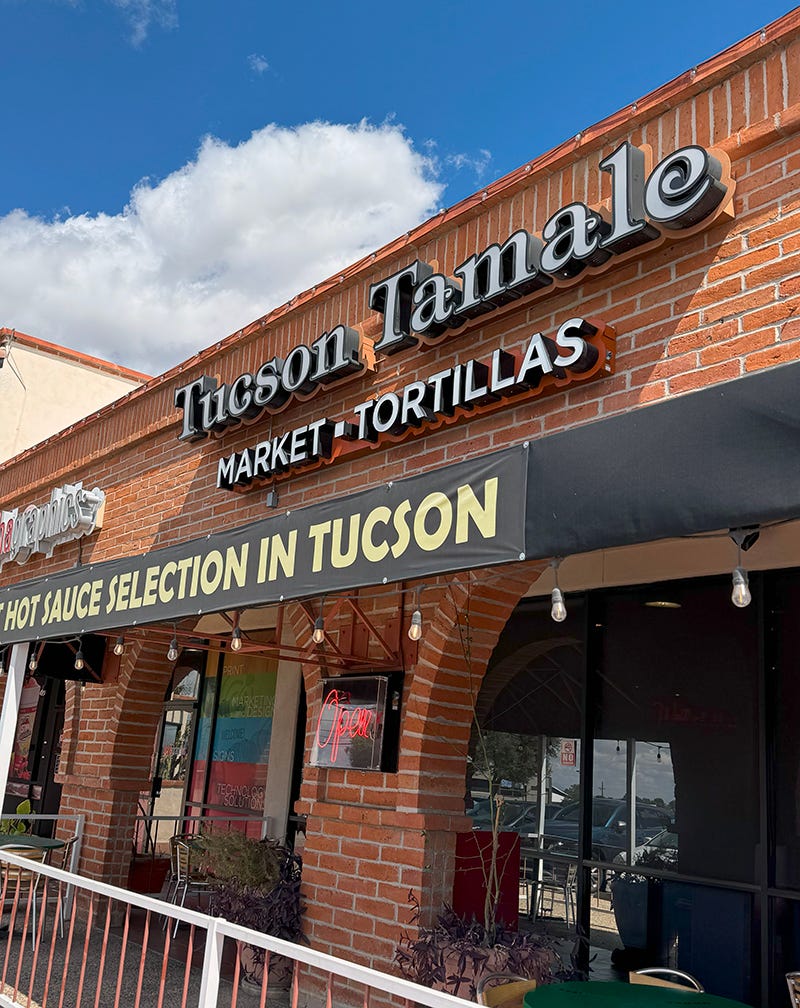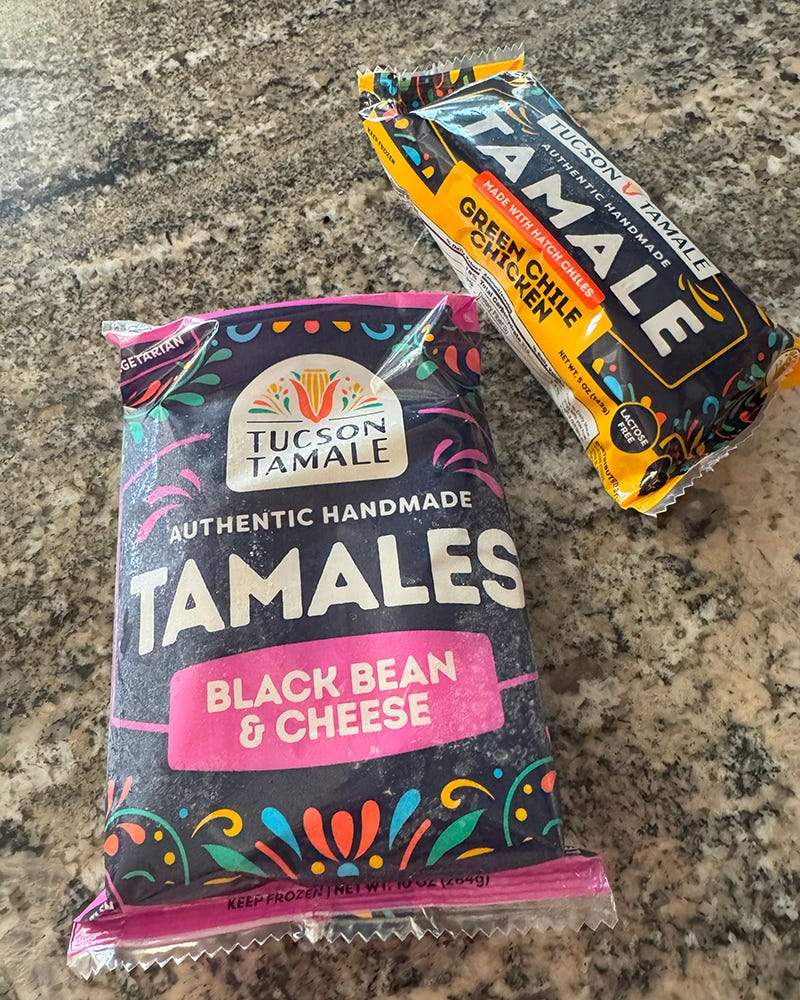"Do you want to make a tamale with peanut butter and jelly? Go Ahead! Somebody will eat it." ~ Bobby Flay
One of my favorite foods here in Tucson - the tamale.
Tamales, a beloved dish that dates back thousands of years, originated in Mesoamerica, where ancient civilizations like the Aztecs, Mayans, and Incas first created them. These portable, nutritious meals were ideal for travelers, hunters, and warriors. Beyond their practicality, tamales were also sacred, symbolizing abundance and expressing gratitude.
Preparation
Tamales are crafted from masa, a dough made from corn, and are typically wrapped in either corn husks or banana leaves. The fillings can range from savory meats like pork, chicken, and beef to vegetables, beans, and spices, creating a versatile dish with a range of flavors.
Cultural Significance
In Latin American cultures, tamales are central to many religious and cultural celebrations. They carry a deep connection to Mexican heritage and are cherished as a symbol of tradition and family. From Christmas to Dia de los Muertos, tamales are often shared among loved ones during special gatherings.
Regional Variations
Each region in Latin America has put its own spin on tamales. For instance, in Central America, tamales are often wrapped in banana leaves instead of corn husks. While tamales are widely enjoyed across Mexico, Guatemala, Honduras, and Colombia, they have also become well-known across the globe, including in the United States.
What Makes a Tamale?
At its core, a tamale consists of masa dough filled with hearty ingredients like pork, chicken, beef, cheese, or beans. After being wrapped in a plantain leaf or corn husk, the tamale is steamed to perfection. You might see them served on a plate or still nestled in their leaf, ready to enjoy.
The origins of tamales stretch back to around 7000 BC, with the dough made from masa, a ground maize (corn) base. In ancient cultures, maize was more than just food—it was revered in festivals and ceremonies.
A Twist on Tradition
In the United States, particularly in Mississippi, African American communities embraced the tamale recipe and gave it a spicy twist. By frying the tamales and adding hot peppers, they created a flavorful variation that became a staple in the region. Blues musician Robert Johnson even immortalized this fiery version of tamales in his famous song, “They’re Red Hot.”
Tamales Around the World
Today, tamales are enjoyed globally, often with unique regional twists. Whether steamed, fried, or filled with bold flavors, tamales continue to be a cherished culinary tradition that unites people across different cultures.
I make this recipe frequently. And I also buy tamales at the Tucson Tamale Company.
Tonight, we are having these for dinner along with a salad instead of the traditional rice and beans.
You need to steam tamales and the best appliance I invested in when we remodeled our kitchen a few years back was a steam oven. I use it daily - more than my microwave. So, I steam the tamales in it. An easy dinner.
What’s one of your favorite foods?
Happy Spring. Technically it has arrived. But a lot of you are still in the throes of winter. Hope you are staying safe and warm.
Thanks for being here.
Louise x








